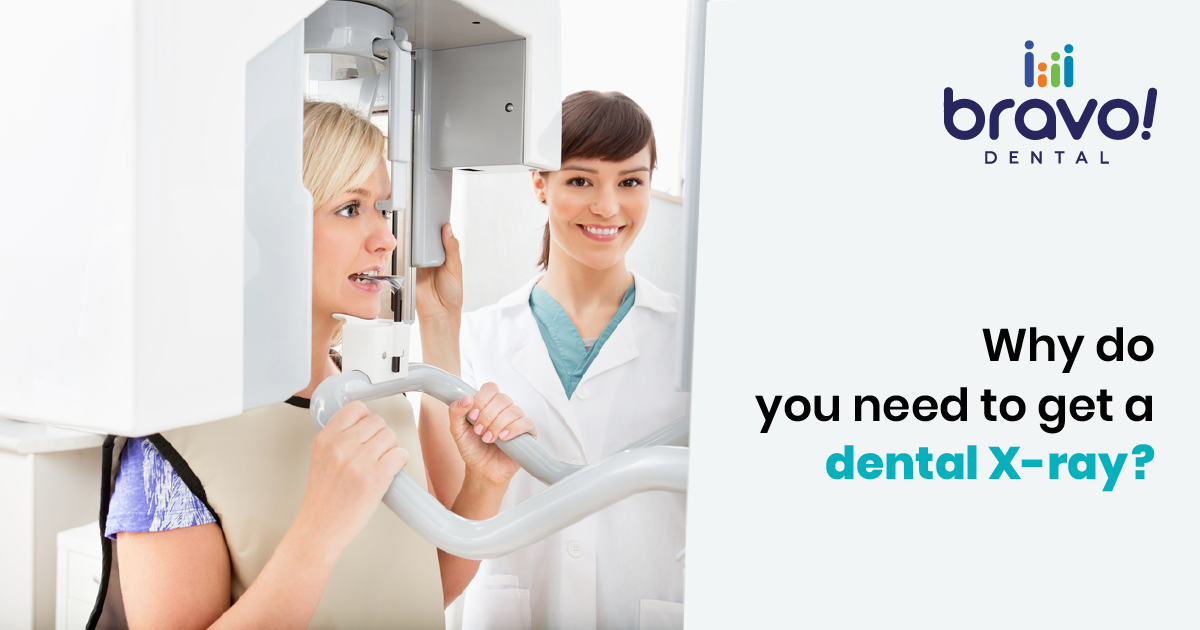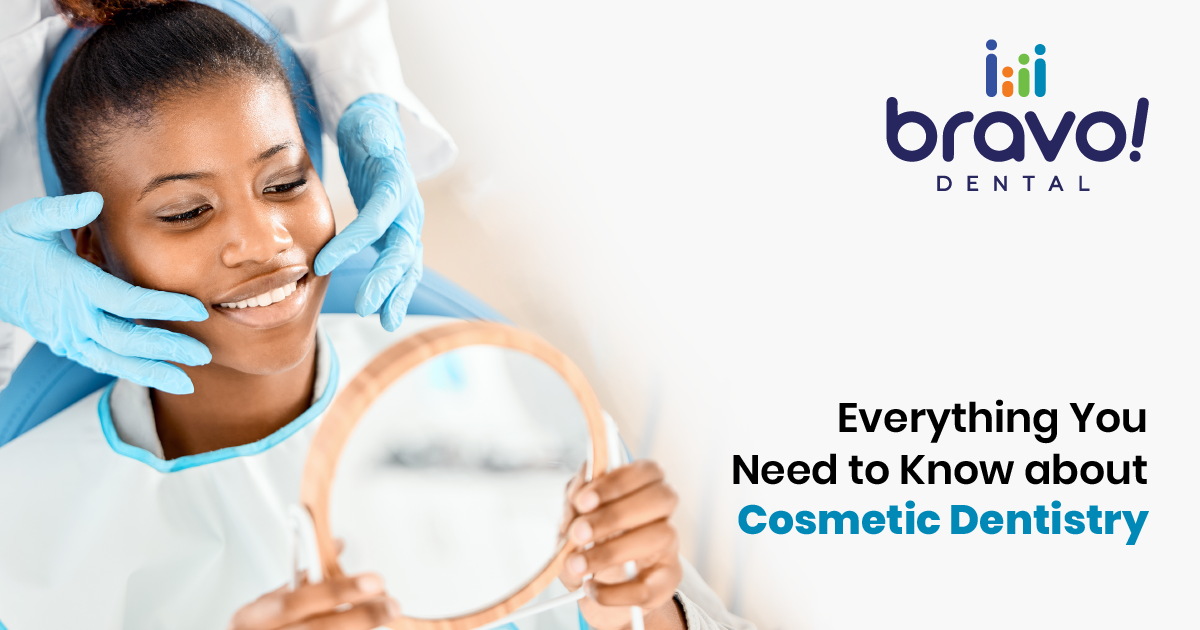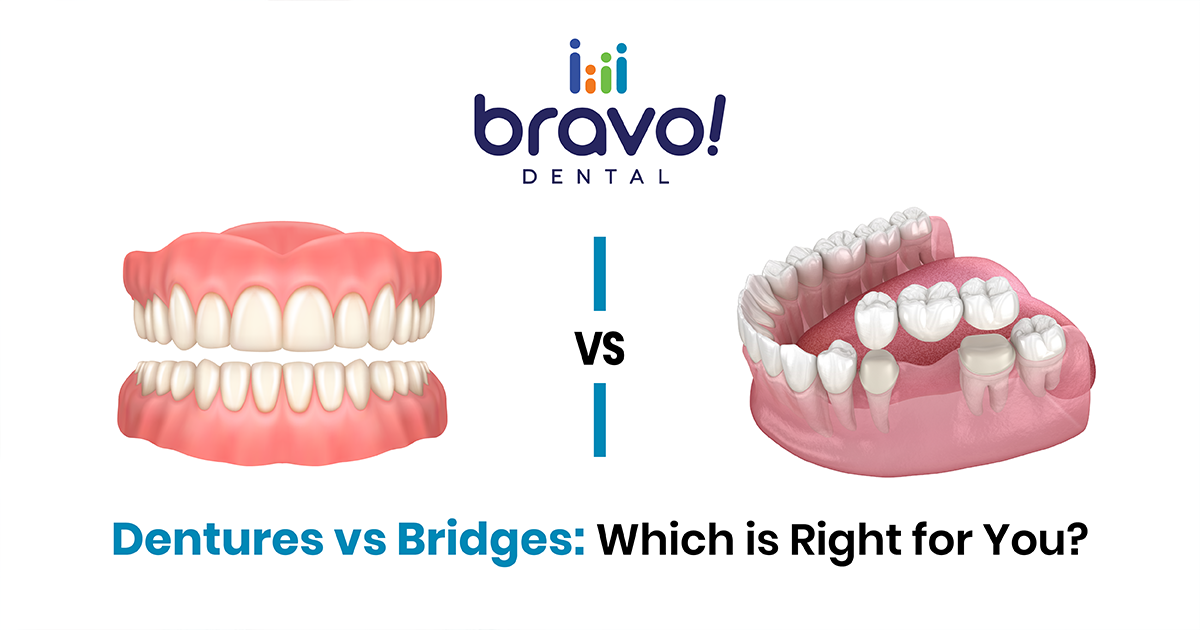
Imagine sitting in the dentist’s chair, mouth wide open, while your dentist takes X-rays of your teeth. You might wonder, “What’s the point of all this?” Well, wonder no more! In this blog, we’ll explore the purpose and procedure of dental X-rays.
What are dental X-rays?
Dental X-rays are images of your teeth and the surrounding structures your dentist uses to get a closer look at what’s happening inside your mouth. They are an essential diagnostic tool that can help your dentist identify problems that may not be visible to the naked eye.
What can dental X-rays detect?
Dental X-rays assist the dentist in diagnosing a variety of oral health conditions such as:
- Cavities.
- Degradation beneath old fillings.
- Deteriorating jawbone.
- Oral Infections.
- Impacted or unerupted teeth.
- Infected gums.
- Cysts or forms of tumors.
Dentists also use X-rays to determine your eligibility for treatments such as dental implants, braces, or dentures. X-rays can also assist your dentist in monitoring recovery following some operations, such as dental bone grafts and root canal therapy.
What are the types of X-rays?
There are several types of dental X-rays used for different purposes. The most prevalent are intraoral X-rays, which include:
Bitewing: Biting down on a specific piece of paper allows your dentist to examine how well the crowns of your teeth meet up. This is frequently used to detect cavities between teeth (interdental).
Occlusal: This X-ray is taken with your jaw closed to determine how your top and lower teeth line up. It can also detect anatomical anomalies in the mouth floor or palate.
Panoramic: The machine rotates around the head. The dentist may use this method to examine your wisdom teeth, arrange for implanted dental equipment, or evaluate jaw disorders.
Periapical: This method concentrates on two teeth from root to crown.
Extraoral X-ray: It is used when there might be abnormalities in places other than the gums and teeth, such as the jaw.
Now, you might be thinking,
Are X-rays dangerous?
The truth is dental X-rays are perfectly safe when performed properly. The amount of radiation you’re exposed to during a dental X-ray is very low, and the dentist will take precautions to ensure you’re protected. For example, you’ll wear a lead apron to shield the rest of your body from the X-rays.
So, how do dental X-rays work?
The procedure is pretty simple. You’ll sit in the dentist’s chair, and a dental assistant will place a small, flat sensor in your mouth. The sensor is connected to a computer to capture the X-ray images. Then, the dentist takes a few different angles of X-rays to get a complete picture of your mouth.
Depending on what was found, the dentist may recommend further treatment, such as fillings, root canals, or extractions.
Getting routine dental X-rays is essential to maintaining oral health, like brushing and flossing. X-rays may be conducted every 1 to 2 years, depending on age, and health. So, the next time you’re in the dentist’s chair, don’t be afraid of those X-rays – they’re there to help, and so are our experts at Bravo! Dental.
happy to hear from you, contact us
Fill out the contact form below and Feel free to send any question or query.




